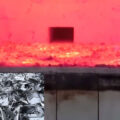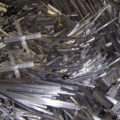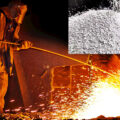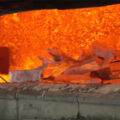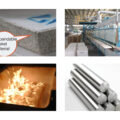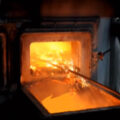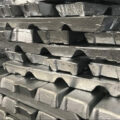In the production of aluminum alloy products, whether high-quality products can ultimately be produced depends mainly on the smelting and casting links. In the melting and casting process, hydrogen removal and impurity removal are the most important. For production lines that use scrap aluminum as raw materials to produce aluminum and aluminum alloys, online refining technology is the key.
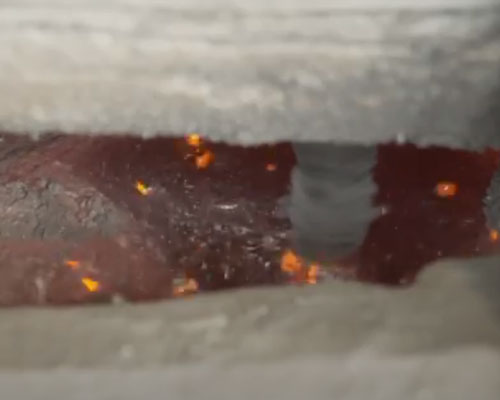
At present, the online scrap aluminum refining purification treatment mostly adopts the method of degassing + filtration. Because these two methods are complementary to each other, slag and gas cannot be completely separated. In general, slag is associated with gas, and the more inclusions, the higher the gas content in the melt, and vice versa. In the degassing process, the inclusions in the melt must be removed at the same time. While removing the inclusions, the gas content in the melt must be reduced.
The online degassing method mainly uses nitrogen or argon as the refining gas or nitrogen (or argon) + a small amount of chlorine and other reactive gases. This not only can effectively remove the hydrogen in the aluminum melt, but also removes alkali metals or alkaline earth metals well, and at the same time can improve the effect of slag-liquid separation.
Filtration is the most effective and reliable method to remove non-metallic inclusions in the aluminum melt. Better effects are ceramic foam filter plates, filter tubes, deep bed filtration, etc.
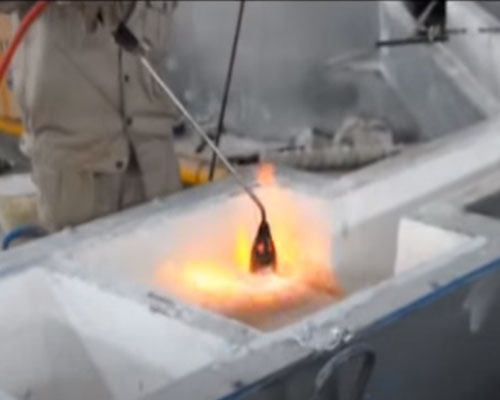
Among the structural metals used in industry, aluminum has the highest recyclability and the greatest regeneration benefit. Due to the high corrosion resistance of aluminum, with the exception of certain aluminum chemical containers and devices, aluminum products are hardly corroded during their use, such as architectural aluminum doors and windows, high-voltage power transmission and distribution lines, aluminum structures and parts for transportation, aluminum Making cans and so on. These aluminum products have only a very small amount of corrosion loss during use, and almost all of them can be recycled.
Recycled aluminum is metal aluminum rather than mineral raw materials, so its smelting process can save a lot of energy consumption. The energy consumption of scrap aluminum recycling is only equivalent to 5% of the total energy required from bauxite mining-alumina extraction-electrolytic casting of primary aluminum into ingots. That is, compared with primary aluminum, each ton of recycled aluminum can save 95% of energy. At the same time, it can save 10.05 tons of water, use 11 tons of solid materials, and reduce emissions of 0.8 tons of carbon dioxide and 0.6 tons of sulfur dioxide. The secondary aluminum industry has obvious advantages in energy saving and environmental protection, and is an energy-saving project with huge benefits.

